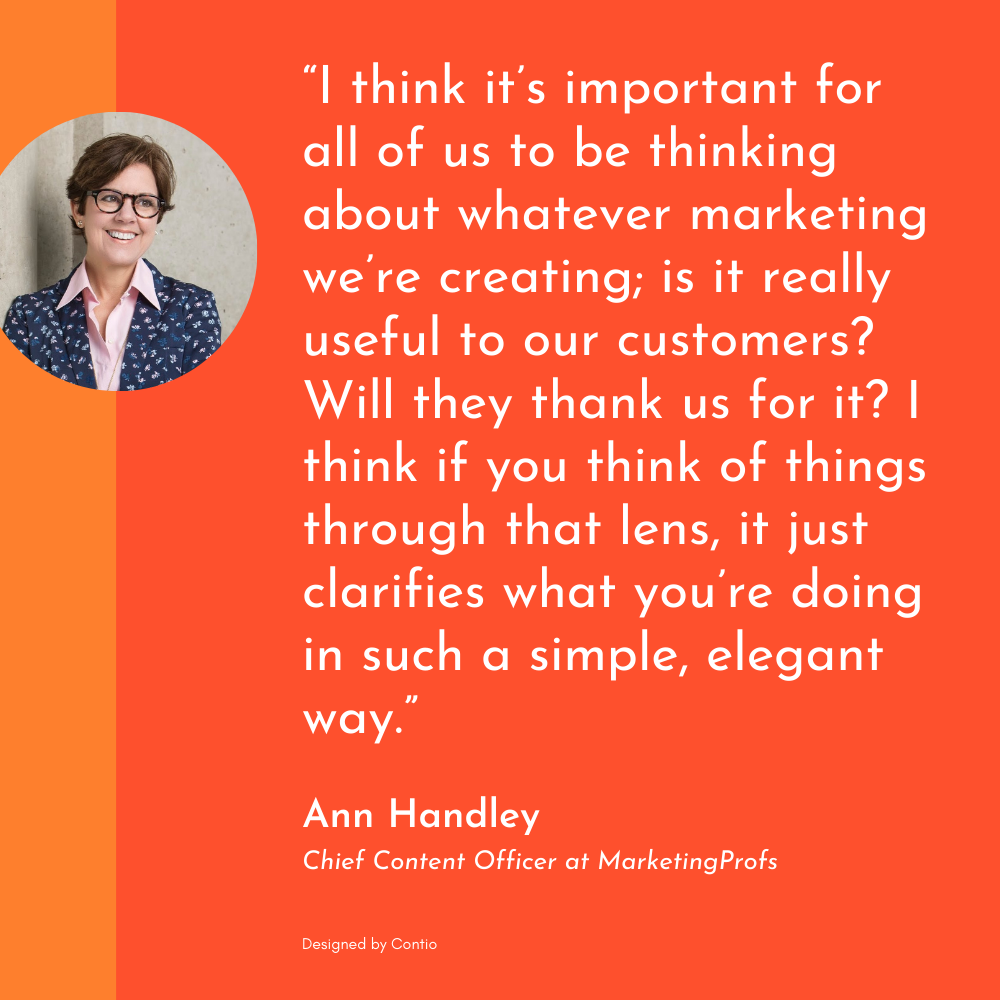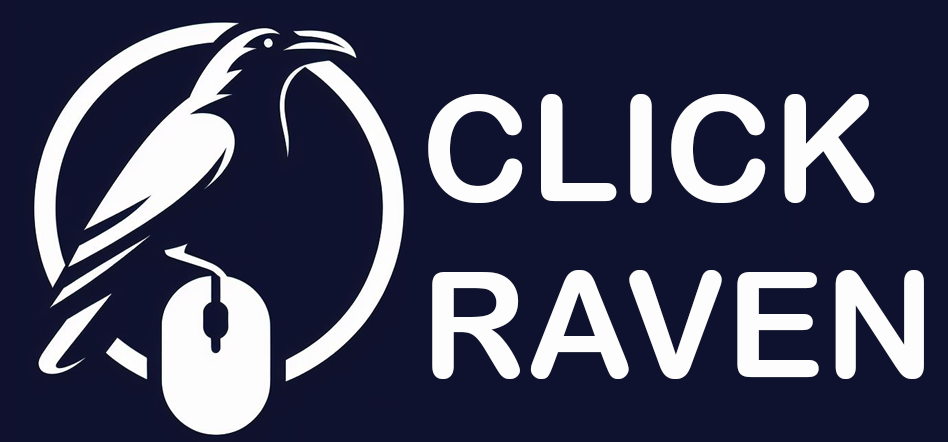Content marketing return on investment (ROI) accurately indicates whether your content marketing efforts are helping you meet your goals. For this reason, understanding how to measure content marketing ROI is crucial to your strategy. To evaluate your content marketing strategy, you need to understand what metrics go into the ROI.
What Is Content Marketing Return on Investment (ROI)?
Content marketing ROI is a percentage that shows the revenue you gain from marketing your content compared to what you spend. You’re doing something right if you earn more income than you spend. However, you must identify and fix the problem if you pay more than you earn.
Why Do You Need to Measure Content Marketing ROI?
Content marketing ROI helps you decide and improve your content marketing strategy. Once you learn how to measure your ROI, it can help you in the following ways:
1) Justify Your Budget
When setting a budget for your brand, you must understand where every cent goes. So do the executives. For your content marketing budget to be approved, you might need to prove its worth. You can do that easily if you’ve calculated your ROI. If your ROI exceeds your expenditure, you’ll have an easier time convincing executives to sign off on your budget.
2) Inform Your Content Marketing Strategy
Your content marketing ROI helps you gauge the effectiveness of your content marketing strategy. Measuring your ROI gives you a good idea of what you need to do to increase your leads, retention, SEO, and authority in the future. You can also compare your content marketing ROI from one duration to the content marketing ROI from another. This gives you a good idea of whether one content marketing strategy is more effective than another one.
How to Measure Content Marketing ROI
Content marketing aims to help you connect better with your audience. However, you cannot simply measure the outcome of your content marketing qualitatively. You also need to do quantitative measurements.
You can measure your content marketing return on investment in many ways. However, a standard formula can help you quickly calculate your content marketing ROI.
To arrive at a figure for your return on investment, do the following:
- Calculate how much you spent on creating one piece of content.
- Calculate how much you spent on distributing the same piece of content.
- Calculate the total sales that particular piece of content generated.
Once you have the above information, all you need to do is plug the figures into this equation:
((Return – Investment)/ Investment) x 100 = Content marketing ROI
You know you’re doing something right if your spending is less than your earnings. However, if you’re losing money, you must return to the drawing board and fix your strategy.
7 Metrics for Measuring Content Marketing ROI
If you want a quantitative measure of your content marketing return on investment, focus on 7 key metrics. We’ve divided these metrics into categories depending on what aspect of your content marketing outcomes you want to analyze. We’ve also provided instructions on how to do some of these calculations in Google Analytics.
Does Your Content Marketing Have High Earnings Potential?
Measuring the earnings potential of your content can help you determine whether your content is good enough to bring in money from your leads. Is your content appealing enough to convince a lead to become a paying customer? To gauge the earnings potential of your content marketing, here’s what you need to measure:
1) Lead Quality
Are you getting a high enough number of leads to your website? More importantly, are they visiting the critical pages?
It’s essential to go beyond ensuring you have leads—you’re getting high-quality leads. A high-quality lead has a high potential for converting into a paying customer.
A Promising lead will find themselves on your landing page from wherever your content has brought them. Once they land, they will check your prices or consult a customer care representative for more information about your product.
You can set up a goal in Google Analytics to measure the quality of your leads.
How to find this in Google Analytics:
Conversions >>> Goals >>> Funnel visualization
2) Sales Figures
How many of your initial leads turn into actual sales? Comparing your sales with your leads will give you a good idea of how effective your sales funnel is.
How to find this in Google Analytics:
If you’ve enabled the eCommerce feature on Google Analytics, here’s how to find your sales:
Behavior >>> Site content >>> All pages
Many of your leads won’t convert into paying customers immediately. On the contrary, they will probably look around and wander off, only to return to buy your product another day. Sometimes, you remain at the top of your mind even after someone leaves, and they find they can’t resist your offer.
Alternatively, they might see another piece of content from your brand that reminds them of the products they left behind on your website. Either way, paying attention to how these leads eventually convert to sales is essential.
You can find this information efficiently if you’ve set up Google Analytics.
How to find this in Google Analytics:
Conversions >>> Multi-channel funnels >>> Assisted conversions
You can also compare this data between different periods. This comparison will help you gauge your most compelling content pieces.
Is Your Content Marketing Generating Engagement?
Producing quality content is not enough. You need to know that your content matters to people. If people interact with your content and navigate from one piece to another, you know they find it useful.

On the other hand, if people leave as soon as they view one piece of content, you can conclude they’re bored. If so, you must revamp your content to address your audience’s needs.
3) Web Traffic
Measuring web traffic is an essential part of evaluating the success of your content marketing strategy. However, some brands celebrate high web traffic without realizing that web traffic can tell you very little about their content marketing.
Since web traffic can become a distracting vanity metric, combining it with other metrics is essential. For example, you could combine web traffic with lead quality and sales. After all, just because someone visits your website doesn’t guarantee they will become customers.
When measuring web traffic, looking at how it grows over time is essential. It’s equally important to focus on referral traffic. This will give you a good idea of which channels most of your leads come from. This information lets you see what part of your content marketing strategy drives the most traffic. You will also know what areas of your plan waste your time.
You can measure your web traffic easily with a Google Analytics profile.
How to find this in Google Analytics:
Behavior >>> Site content >>> Landing pages
This will show you where your web visitors land when visiting your website. Google Analytics lists these pages, ranging from the ones with the highest traffic to the ones with the lowest.
If you want to study your referral traffic, you can also do this in Google Analytics.
How to find this in Google Analytics:
Secondary dimension >>> Acquisition >>> Source/Medium
4) Website Engagement
You should pair web traffic with onsite engagement to see how people engage with your content once they land on your website. After all, if people immediately bounce away, then you can’t count that as meaningful web traffic.
Google Analytics tracks specific engagement metrics, such as the number of pages viewed per session, average session duration, and bounce rate.
How to find this in Google Analytics:
Audience >>> Overview
You can also study the engagement on each page of your website. This can give you an idea of which pages are more valuable to your web visitors.
How to find this in Google Analytics:
Behavior >>> Site content >>> All pages
5) Social Media Leads
Paying attention to your social media leads will give you a good idea of which channels attract more people. This can help you refine your social media outreach strategy to appeal to more people across all your channels.
How to find this in Google Analytics:
Acquisition >>> Social >>> Network Referrals
Beyond studying your social media leads, you can get an overview of how much revenue is coming from your social media.
How to find this in Google Analytics:
Acquisition >>> Social >>> Overview
In addition, you should monitor engagement metrics directly on your social media channels. For example, track shares, retweets, and likes. More importantly, pay attention to the comments you receive on your posts. Engage with commenters to build positive relationships with your audience.
If you get disappointing engagement metrics, you and your team must figure out what part of your content marketing strategy isn’t working.
Does Your Content Rank High in SERPS?
If your content ranks high in search engine results pages (SERPs), you’ve optimized it well. A high ranking also means that search engines and people find your content valuable. After all, Google ranks the results with high SEO, and those people often click on higher after a while.
6) SEO Ranking
You can do several things to measure your SEO ranking.
- Type your keywords in the Google search bar to see if you’re ranking for these keywords.
- Measure your domain authority with Ahrefs’ Website Authority Checker. Generally, a domain authority of 74 or higher is noteworthy.
- Measure the quality of backlinks you earn with Ahrefs’ Backlink Checker.
- Check whether you’re in the top 3 results in Google for your keywords. After all, most people only click on the top 3 results.
7) Online and Offline Authority
Most of the metrics we’ve already covered are directly related to the performance of your website. However, people’s perception of you as a thought leader can also give you an idea of how well your content is doing.
Ultimately, you can’t assign a figure to your authority online and offline. Authority is more about the sentiment surrounding your brand. You have high authority if people rely on you for advice and quality products and services.
To measure online authority, you need to engage in social listening. That way, you can answer the following questions.
- Are you earning quality backlinks from other thought leaders in your industry?
- Do you get positive media coverage from respected online media outlets?
- Are people sharing your products and services with their online networks?
- Are you getting positive reviews online?
- Is your brand being mentioned in positive contexts?
Similarly, to understand your offline authority, pay attention to how people interact with you offline.
- Are thought leaders inviting you to industry events?
- Do journalists, bloggers, and influencers contact you for quotes and insights?
- Have you received invitations to collaborate with other brands?
- Do you get positive media coverage from respected offline media outlets such as newspapers, magazines, and radio?
Over to you:
While all these metrics are essential, you don’t have to use them simultaneously. To get meaningful results, you shouldn’t use them all simultaneously.
Instead, you should set a content marketing goal and pick the metric that will help you assess that goal. For example, for a particular month, you might aim to increase the engagement your content generates.
In this case, evaluating your website engagement and social media leads for that month would make sense. Once you have these figures, you can compare them with the previous month’s results and see what needs to be changed.
Measuring your content marketing ROI is essential to your content marketing strategy. After all, once you’ve implemented any plan, you must measure the results. With these 7 metrics, you will be well on your way to identifying which elements of your strategy are working and which need tweaking.

